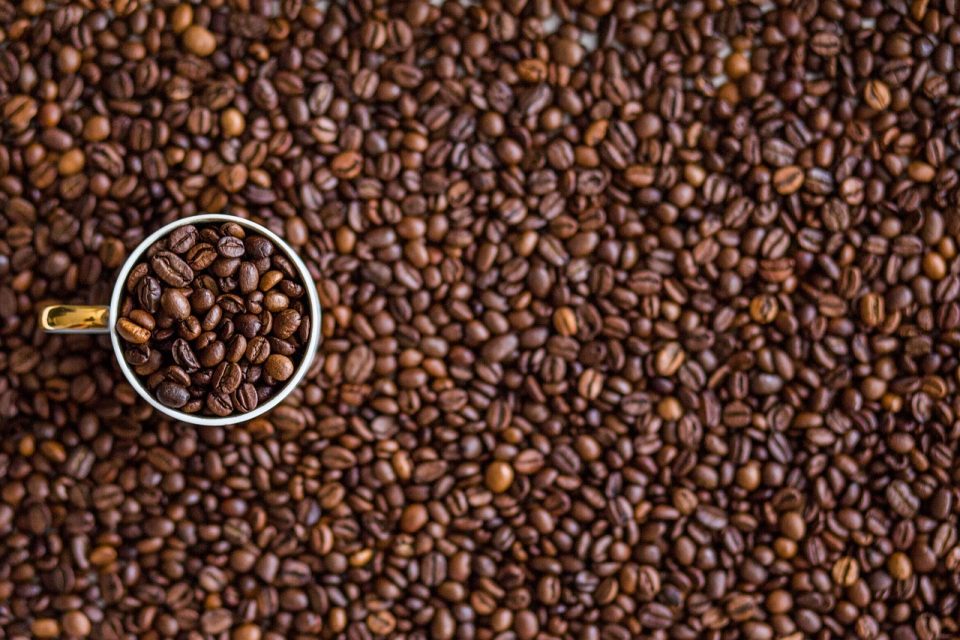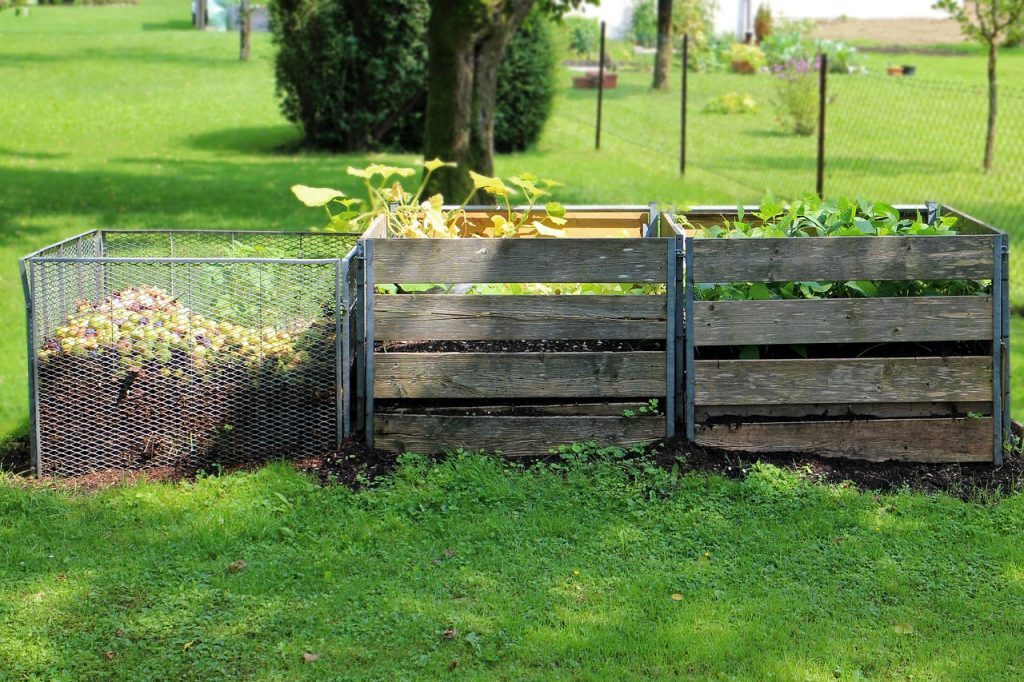
Coffee Grounds in Garden Care (How And Why To Use Them)
For many people, coffee is the best way to start the morning off right. But you may not realize that the coffee grounds you make each day can be a helpful addition to the garden.
You can cleverly incorporate grounds into garden care in a variety of ways, helping your plants to thrive and reducing household waste one step at a time.
Compost
Coffee grounds are compostable! And if you’ve been wanting to dive into the magical world of compost, but are feeling intimidated by the process, this can be a great place to start.
Urban sustainability initiatives are growing in popularity. Many American cities have industrial composting programs already in place. A quick google search can tell you if you live in one of these areas. However, it is still a rewarding process to compost at home and use the humus (once it’s ready) in your own garden.

There are two categories of compostable material: green matter is nitrogen-rich and includes things like grass, clover clippings, and coffee grounds. Brown matter is carbon-rich and includes dead leaves, straw, and cardboard.
To maintain a healthy compost pile at home, experts recommend a 2:1 ratio of green matter to brown matter. While coffee grounds are brown in color, they count as green matter because they are so nitrogen-rich.
Make sure you are using compostable coffee filters (or even better, reusable ones) and then simply throw them into the compost when you’re finished with them. It’s that easy.
Keep an eye on the pile and remember to add brown matter to keep the pile balanced. You’ll know if things are off since compost piles without enough brown matter will become slimy.
Coffee grounds in compost piles help things to heat up – and are regarded as one of the best ways to do so. This is an essential part of the process and will allow you to turn scraps of plants and food into delicious humus for your garden in the year to come. It’s also an excellent way to save money as a gardener – why buy bags and bags of compost from a store when you can make it yourself so easily?
Fertilizer
In addition to adding coffee grounds to a compost pile, many gardeners also sprinkle grounds straight onto the soil of the garden. It’s efficient, easy, and still effective.
The coffee grounds work as a fertilizer – helping with drainage, aiding microorganisms, and attracting helpful friends like earthworms to the soil, which your plants will love.
This trick works for left-over cold coffee as well. Instead of pouring that forgotten cup down the drain, pour it into the garden.
Acid-Loving Plants
Used coffee grounds are fairly neutral in acidity, but fresh grounds can provide delicious amounts of acid for certain plants craving that exact thing. Try sprinkling fresh grounds into the soil of hydrangeas, blueberries, carrots, and radishes to give their zones a pH-boost.
Careful not to go too crazy with fresh grounds in the garden, however. Plants like tomatoes, that do not thrive in acidic environments, will not appreciate fresh grounds in their vicinity. One study found that coffee grounds are not ideal fertilizers for other plants including broccoli, leeks, and sunflowers.
The best way to sort all this out is to research the preferences of specific plants and observe your garden to see what works.
Consider keeping a gardening journal as a way to document the techniques that do or do not work well – it’s amazing what the brain can forget over the course of one winter. Detailed notes can help ensure you don’t have to learn the same lesson twice.
Pest Repellant
Many gardeners use coffee grounds as a way to repel garden pests from plants, though there is little scientific evidence to verify the validity of this technique. If you’d like to give it a try, sprinkle a barrier of coffee grounds around plants that are susceptible to slugs and snails.
By building an abrasive wall, you’ll deter some of these detrimental pests from noshing on your produce and weakening your plant. Eggshells also work well as an additional barrier. Often, with organic pest repellent techniques, a variety of methods will work together to protect the garden.

Another perk: Most cats dislike the smell of coffee grounds, and applying the grounds to the garden might deter these feline friends from defecating in your radish patch.
House Plant Maintenance
Similar to different plant preferences in the garden, certain house plants might also enjoy a sprinkling of grounds or even a pour of room-temperature coffee from the bottom of the pot. African violets, impatiens, and some orchids will love a drink of coffee once a week or so.
Ultimately it helps to pay attention to your plant – it will let you know if coffee is a desirable addition to its diet. If you water a plant with coffee and its leaves start to yellow or turn brown, that is an indication that the coffee has made the soil too acidic. Lime or wood ash amendments can be added if this is the case, as a way to restore the soil to a more neutral level.

When you think about the daily factors of life, it’s pretty incredible the way certain things can be used instead of simply being thrown into the trash. Coffee grounds are just the tip of the iceberg.
What sustainable techniques have you used in for keeping your plants healthy? What works well for lessening your impact in the kitchen and in the garden?
—–
Like what you read? Subscribe to our newsletter for engaging articles, exclusive content, and the latest updates.
Check us out on EarthSnap, a free app brought to you by Eric Ralls and Earth.com.
—–












